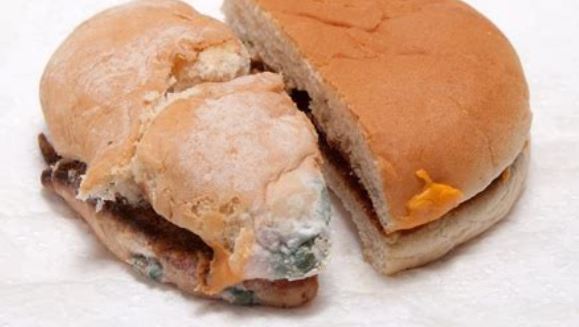
A study published in Scientific Reports showed that sea salt samples contain trace amounts of microplastics. Experts define microplastics as plastic particles smaller than five millimeters. According to experts, microplastics come from a variety of sources such as industrial waste, personal care products, and plastic litter. As part of the study, a team of aquatic toxicologists from the Universiti Putra Malaysia analyzed 17 sea salt samples from eight different countries: Australia, France, Iran and Japan as well as Malaysia, New Zealand, Portugal, and South Africa. During the analysis, the research team removed potential microplastic particles larger than 0.149 mm.
The lab analysis showed that all sea salt samples, except one from France, contained traces of microplastics. The researchers also identified 72 types of microplastics in samples. Of these, 41.6 percent were plastic polymers and 23.6 percent were pigments. The study also revealed that 5.50 percent were amorphous carbon, while 29.1 percent were unidentified particles.
The study underscores the importance of sourcing dietary salt from ancient sources not subjected to modern-day pollution. Himalayan salt, for example, is mined from mountains that are millions of years old, formed long before modern pollution contaminated the seas. That's why Himalayan salt contains no microplastics.
"The most common plastic polymers were polypropylene (40.0 percent) and polyethylene (33.3 percent). Fragments were the primary form of MPs [microplastics] (63.8 percent) followed by filaments (25.6 percent) and films (10.6 percent). According to our results, the low level of anthropogenic particles intake from the salts (maximum 37 particles per individual per annum) warrants negligible health impacts. However, to better understand the health risks associated with salt consumption, further development in extraction protocols are needed to isolate anthropogenic particles smaller than 149 ?m," the researchers wrote.
Erik van Sebille, an expert in global ocean circulation and plastic pollution from Utrecht University in the Netherlands weighed in on the results of the study. "Over the last few years, whenever scientists have gone out to look for plastic in the ocean, they have almost always found it. Whether on the remote ocean floor, in the ice in the Arctic, in the stomachs of seabirds and fish, or now in sea salt. Plastic in the ocean is an atrocity, a testament to humanity’s filthy habits, but we don’t know exactly what harm it does to marine life or to us. If we suspect these microplastics are toxic -- if we suspect they might pose some health concerns -- we have to be worried about them, until we are sure that they are safe," van Sebille said.
Microplastics in sea salts seen in previous study
The recent findings were reflective of a previous study that also detected traces of microplastics in sea salts. A 2015 study published in the journal Environmental Science & Technology revealed that various types of salts purchased in a Chinese supermarket contained traces of microplastics. To carry out the study, a team of researchers analyzed 15 brands of sea salts, lake salts, and rock and well salts from underground deposits.
The researchers found that sea salts contained the highest amount of microplastics that ranged between 550 to 681 particles per kilogram. In contrast, rock and well salts had the lowest microplastic concentrations that ranged from 7 to 204 particles per kilogram. This suggested that salts taken from dry deposits might be contaminated during the production. In addition, the experts noted that adults may potentially ingest 1,000 microplastic particles every year if they followed the recommended sea salt intake.
The study was funded by the National Natural Science Foundation of China.
Plastic pollution in the ocean remains to be a major problem around the world, a 2014 study revealed. According to the research team, about 5.25 trillion plastic particles weighing 268,940 tons are currently floating at sea. The experts also noted that two ocean regions in the Northern Hemisphere had higher levels of plastic particles compared with the Southern Hemisphere. In addition, the researchers noted that the Indian ocean had higher plastic particle count and weight compared with South Atlantic and South Pacific oceans combined.
The findings were published in PLOS ONE.
Read more articles like this when you go to Environ.news.
Sources include:
Please contact us for more information.





















